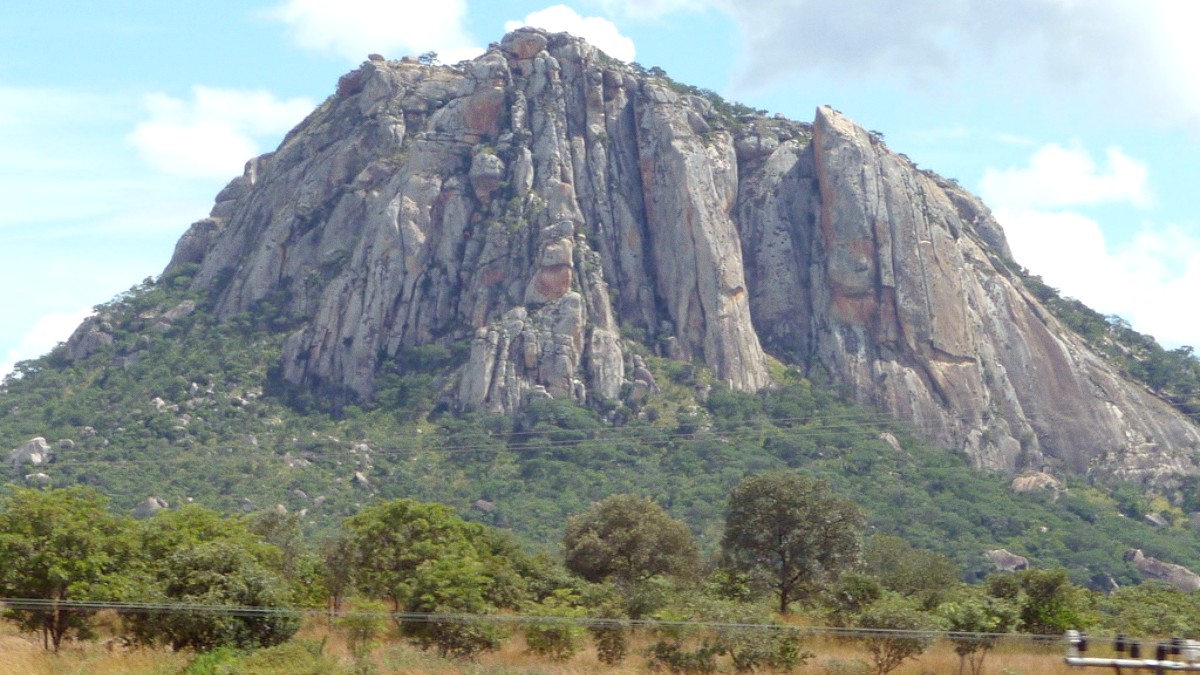
Zimbabwe
These 15-seater minibuses serve as the backbone of urban transport. They operate on fixed routes, picking up and dropping off passengers along the way. They present a quick, inexpensive, and often bustling way to experience local life.
Larger buses operate on fewer routes, mainly connecting the city center to farther suburbs or specific areas. They are less frequent than kombis.
Do not hesitate to ask locals or your accommodation staff for guidance on kombi routes.
Always confirm the destination with the conductor before boarding the kombi.
Be aware of your belongings, as pickpocketing may occur in crowded kombis. Keep bags secure.
Identifiable by blue numbers on white plates. Use reputable companies. Hail on street or at ranks.
No meters, agree on fare before starting. Short rides: US$5-US$10. Cash (USD preferred).
Vaya and Hwindi are local options. Require local SIM. Availability varies.
Use official taxis. Confirm ride-share details. Negotiate taxi fares beforehand.
No formal hop-on-hop-off tour bus services operate. Private tour operators offer guided day trips and multi-day safaris to Matobo Hills, Hwange National Park, and Victoria Falls. These tours typically use comfortable minibuses or specialized safari vehicles.
Not applicable to Bulawayo. Water transport is limited to specific tourist activities on large lakes or rivers far from the city. Bulawayo does not have cable cars, funiculars, or other unique mechanical local transport systems.
Public transportation and infrastructure are generally not designed for accessibility. Sidewalks can be uneven, and public buildings often lack ramps or lifts. Travelers with mobility challenges may need to arrange private, accessible transport with specialized tour operators.
A smooth travel experience in Bulawayo benefits from understanding local transport options and best practices.
Requires valid national driver's license and an International Driving Permit (IDP). Book in advance. Confirm comprehensive insurance. Avoid night driving due to hazards.
Be mindful of potholes and livestock.
Bulawayo's city center is walkable; wear Sturdy, comfortable shoes. Be cautious of uneven sidewalks and traffic. Self-guided and guided walking tours are options for city exploration.
Avoid walking alone at night.
Limited dedicated infrastructure. Safer for recreational purposes in quieter suburban areas or within park boundaries. Main roads are hazardous due to traffic and varying conditions. Motorcycle and scooter rentals are not widely available.
Check park regulations for cycling.
Always have your driver's license, IDP, passport, and vehicle rental documents readily accessible when driving. This aids during any police stops.
Wear comfortable, Sturdy walking shoes. Bulawayo's city center can be explored on foot, and good footwear aids in navigating uneven pavements.